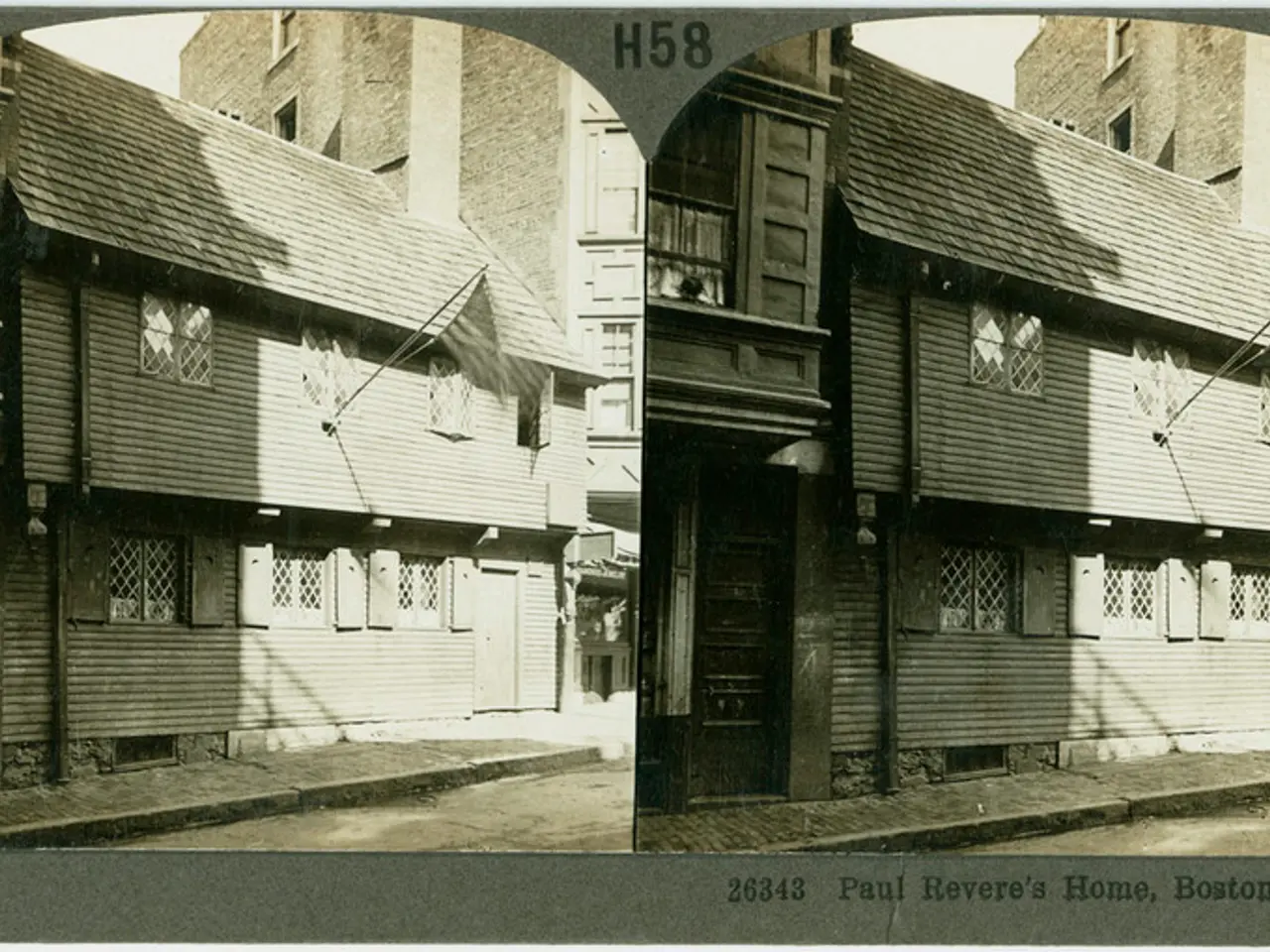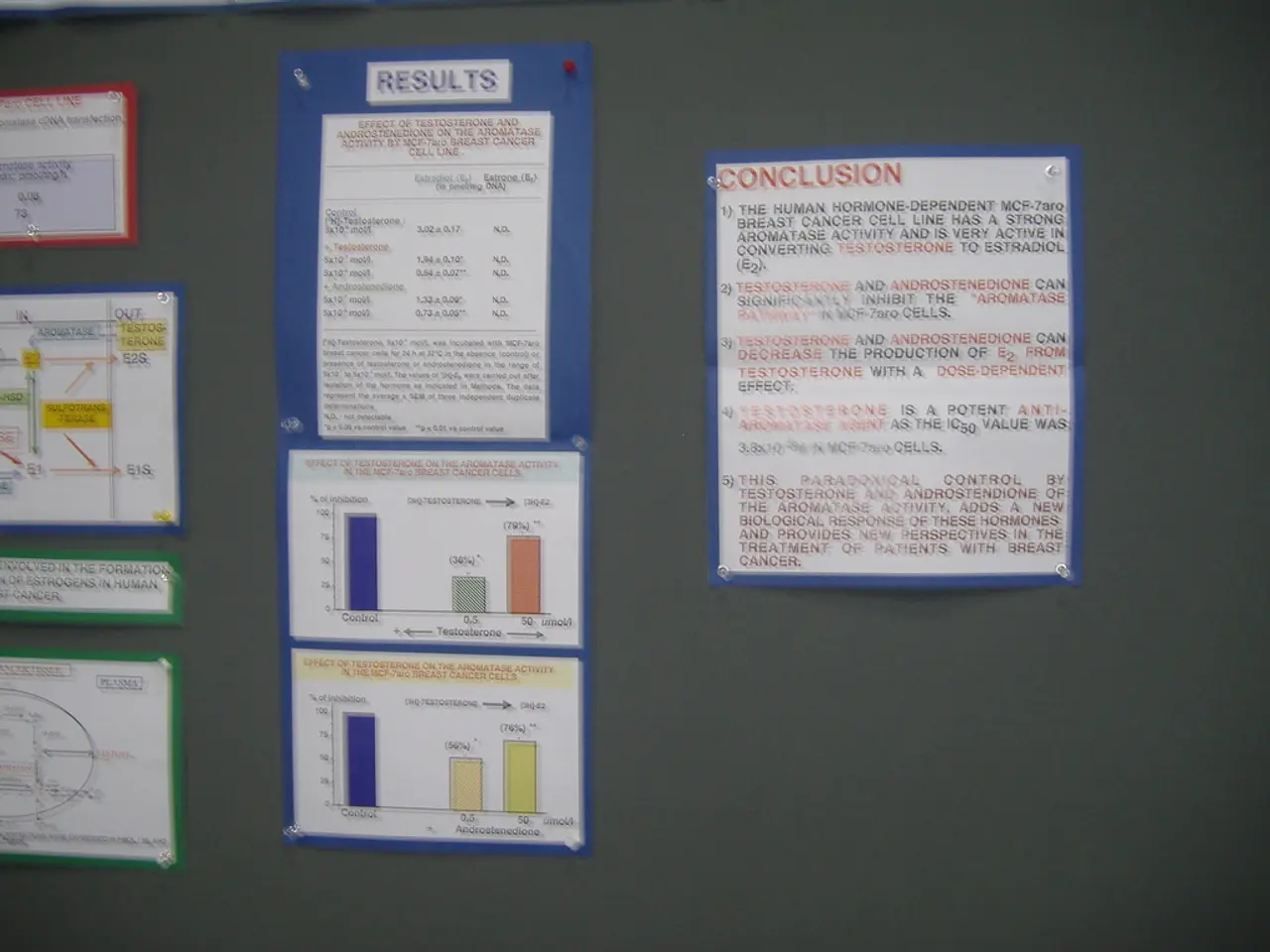Fundamental Human Requirements as Outlined by Maslow
================================================================
Abraham Maslow, an American psychologist, is best known for his groundbreaking work on human needs, particularly the 'Hierarchy of Needs'. This theory, first proposed in the 1940s, has become one of the most influential accounts of human motivation.
Maslow's Hierarchy of Needs consists of five distinct groups of needs: physiological, safety, love/belonging, esteem, and self-actualization. These needs are not mutually exclusive, but rather a progression from basic physiological needs to safety, social belonging, esteem, and self-actualization.
The most basic human needs, including the need for air, food, water, and sleep, are categorised as physiological needs. To achieve happiness, one must first satisfy these physiological needs, as an inability to do so prevents dedication of time and energy to satisfy more complex needs.
The safety needs include protection, security, law, stability, and safety for loved ones. After ensuring a product's functionality, designers must focus on building user trust and satisfaction by making the product reliable and easy to use. This fulfils the safety needs in Maslow's model.
The love and belonging needs include the need for family, affection, friendships, and sexual intimacy. By improving convenience and interaction, designers address users’ social and esteem-related needs, fostering confidence and positive social interaction with the product.
The esteem needs include self-esteem, confidence, reputation, and respect for oneself and from others. Intuitive interfaces and positive user experiences can help designers meet these needs, enhancing users' sense of competence and self-worth.
The highest level of Maslow's Hierarchy of Needs is self-actualization. This refers to the curative force in psychotherapy and man's tendency to actualize himself to become his potentialities. At the highest level, designers aim to elicit emotional engagement, surprise, or delight. This transforms products from mere tools into experiences that users value deeply.
Designers can effectively target user needs in their products by following these steps:
- Ensure Basic Functionality (Physiological Needs Parallel): The product must perform its core functions flawlessly.
- Build Reliability and Usability (Safety and Psychological Needs): After ensuring functionality, products must operate reliably and be easy to use.
- Enhance Convenience and User Experience (Social and Esteem Needs): By improving convenience and interaction, designers address users’ social and esteem-related needs.
- Create Meaning and Delight (Self-Actualization): At the highest level, designers aim to elicit emotional engagement, surprise, or delight.
- Iterate Strategically: The hierarchy serves as a roadmap for continuous improvement. Teams focus resources sequentially on foundational needs before moving upward, ensuring stable performance before adding features that foster delight.
This approach aligns with the self-determination theory in UX, which underscores fulfilling users’ psychological needs for autonomy, competence, and relatedness to foster motivation and engagement through design. By addressing both functional and deeper psychological needs, designers create products that not only work but resonate emotionally with users.
In conclusion, Maslow’s hierarchy informs product design by emphasizing a structured, prioritized approach to fulfilling user needs—from basic operation to emotional fulfillment—and designers can use this framework to focus on building trust, usability, and delight in their products.
[1] Nielsen, J. (1993). Usability Engineering. John Wiley & Sons. [4] Ryan, R. M., & Deci, E. L. (2000). Self-determination theory and the facilitation of intrinsic motivation, social development, and well-being. American Psychologist, 55(1), 68-78.
Designers must address the self-actualization needs of users by creating meaningful, engaging, and delightful experiences. This not only enhances the product's value but also aligns with the self-determination theory in User Interface (UI) design, which prioritizes users' needs for autonomy, competence, and relatedness to foster motivation and engagement.
Furthermore, education and self-development in UI design can lead to personal growth as designers learn to cater to users' physiological, safety, love/belonging, esteem, and self-actualization needs effectively, thus contributing to the overall quality and satisfaction of their products.




